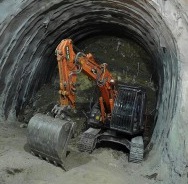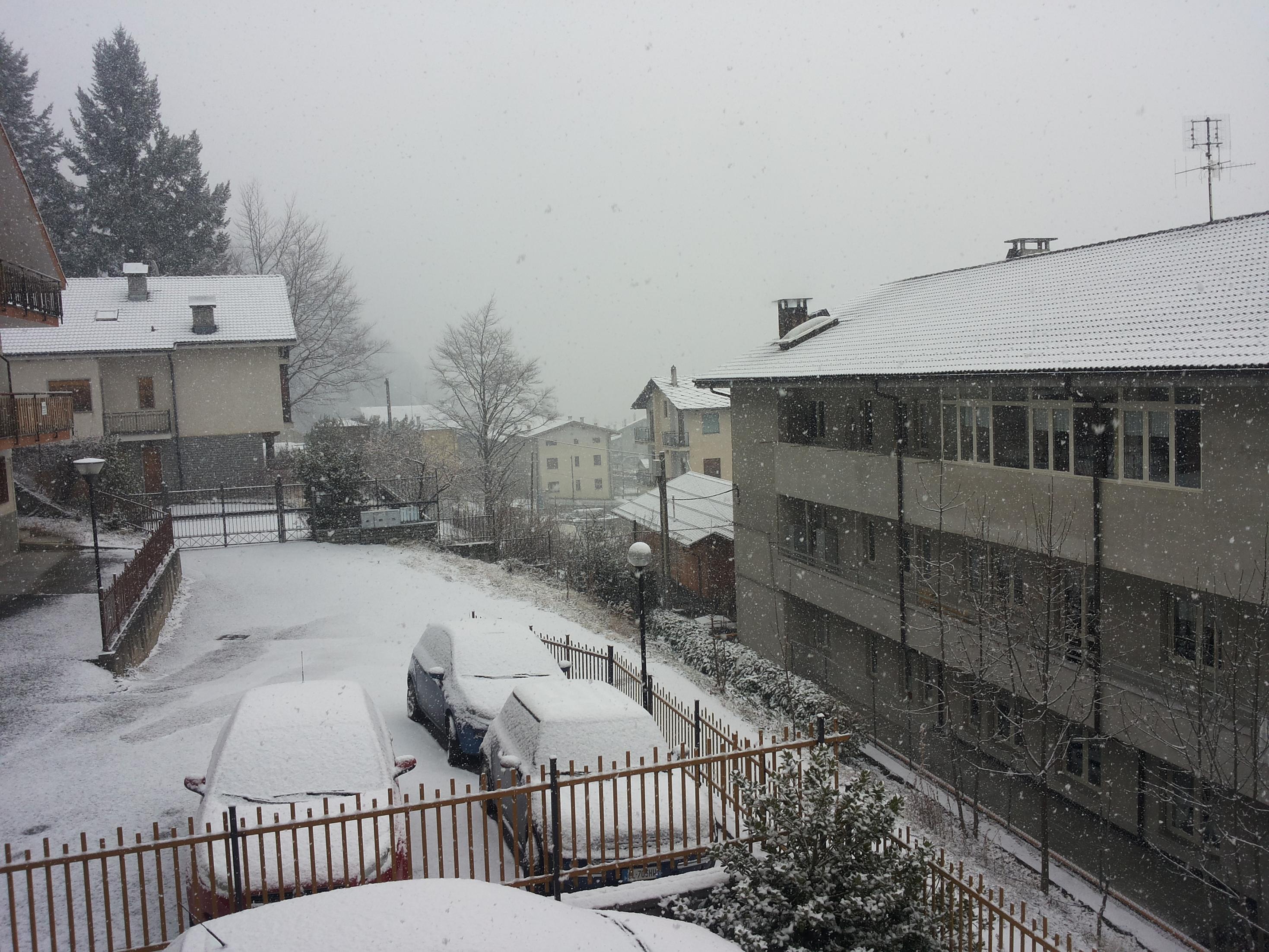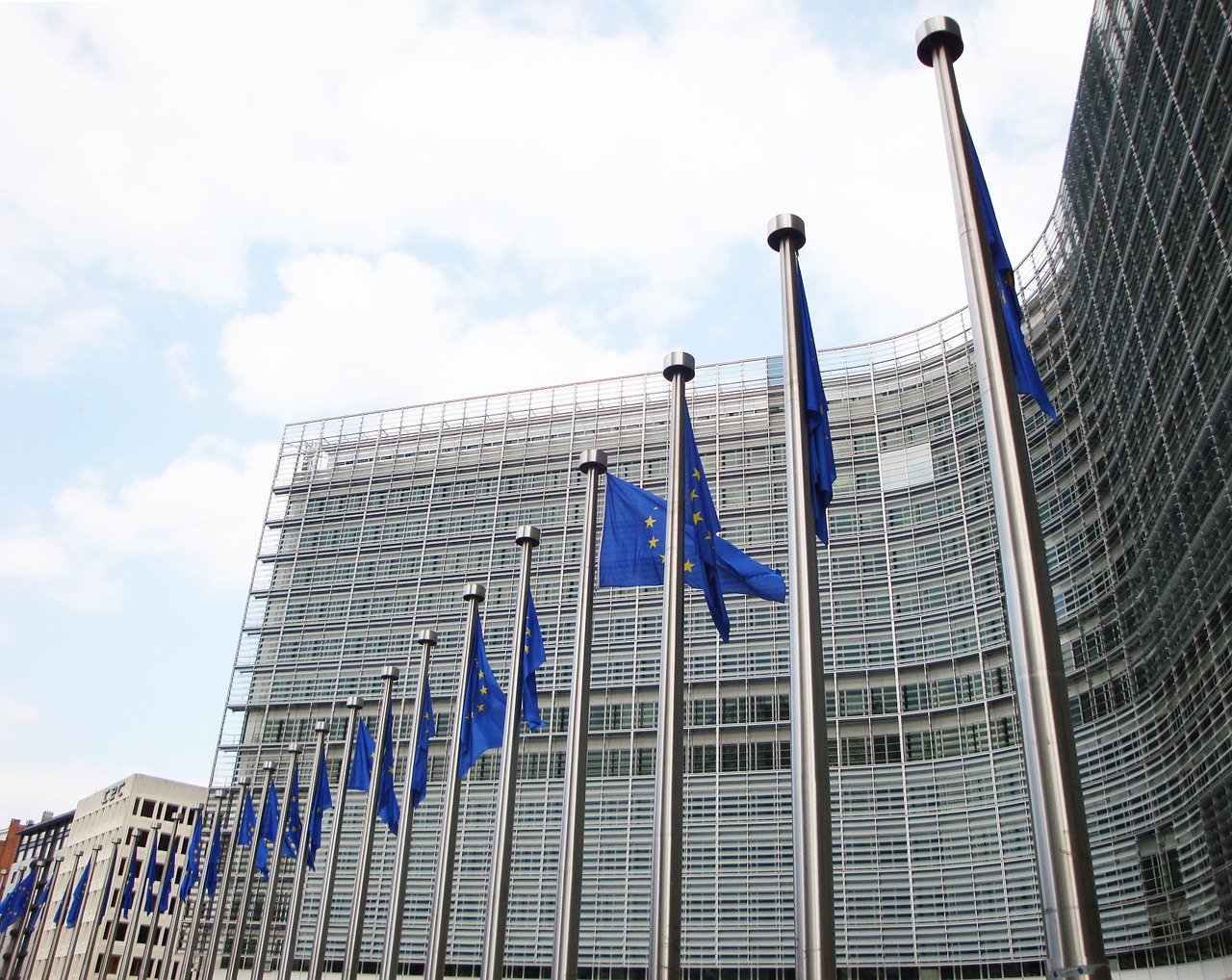CittadiniEconomiaPiemonteSocietàTorinoTrasporti
Il New York Times scrive un dettagliato articolo sulla situazione della Tav in Piemonte e il centro destra non la prende bene

 Il New York Tymes a firma di Elisabetta Povoledo ha pubblicato sulla sua edizione online un articolo dal titolo Italy Divided Over Rail Line Meant to Unite in cui racconta con anglosassone mirabile equilibrio descrittivo la storia della costruizione della linea Tav in Valle Susa. Scrive l’articolo: “Nel corso degli anni, la saga della linea ferroviaria è stata costellata da episodi di resistenza popolare, manifestazioni, ma anche scontri violenti, azioni di sabotaggio e persino accuse di terrorismo. Gli abitanti hanno a lungo resistito alla costruzione dell’alta velocità, mettendo in dubbio il significato economico di un progetto che ha richiesto un esborso iniziale di quasi 12 miliardi di dollari. … La vicenda ha dato slancio al Movimento Cinque Stelle, il partito di Beppe Grillo, che è stato condannato quattro mesi di prigione per una protesta messa in scena contro il collegamento ferroviario a Chiomonte. Il partito di Grillo è apertamente contrario al progetto,
Il New York Tymes a firma di Elisabetta Povoledo ha pubblicato sulla sua edizione online un articolo dal titolo Italy Divided Over Rail Line Meant to Unite in cui racconta con anglosassone mirabile equilibrio descrittivo la storia della costruizione della linea Tav in Valle Susa. Scrive l’articolo: “Nel corso degli anni, la saga della linea ferroviaria è stata costellata da episodi di resistenza popolare, manifestazioni, ma anche scontri violenti, azioni di sabotaggio e persino accuse di terrorismo. Gli abitanti hanno a lungo resistito alla costruzione dell’alta velocità, mettendo in dubbio il significato economico di un progetto che ha richiesto un esborso iniziale di quasi 12 miliardi di dollari. … La vicenda ha dato slancio al Movimento Cinque Stelle, il partito di Beppe Grillo, che è stato condannato quattro mesi di prigione per una protesta messa in scena contro il collegamento ferroviario a Chiomonte. Il partito di Grillo è apertamente contrario al progetto,  e diversi membri del suo partito sono stati eletti al Parlamento qui e nei distretti vicini alle elezioni nazionali dello scorso anno. Per il Ministro delle infrastrutture Maurizio Lupi: il tunnel è la prova che esiste lo Stato, e che crede in un progetto che vede come fondamentale per lo sviluppo del paese e del Europa “.
e diversi membri del suo partito sono stati eletti al Parlamento qui e nei distretti vicini alle elezioni nazionali dello scorso anno. Per il Ministro delle infrastrutture Maurizio Lupi: il tunnel è la prova che esiste lo Stato, e che crede in un progetto che vede come fondamentale per lo sviluppo del paese e del Europa “.
Il centro destra piemontese sembra considerare il NYT un pericoloso covo di Notav “La parte che si oppone alla Tav è minoritaria in Parlamento e nel Paese. Dopo anni di decrescita economica e occupazionale il Piemonte e l’Europa hanno bisogno della nuova Torino-Lione per realizzare una rete efficiente di trasporti su rotaia per garantire uno sviluppo sostenibile”. Roberto Ravello, assessore regionale all’Ambiente e portavoce provinciale di Fratelli d’Italia sostiene: “E’ un’opera ecologica. La fotografia del New York Times è frutto della campagna mistificatoria dei No-Tav. La Tav è un progetto a basso impatto ambientale, quasi completamente realizzato in galleria. Il cantiere è praticamente invisibile. L’opera, d’altro canto, è da considerarsi essa stessa un intervento di tutela ambientale perchè farà diminuire il trasporto su gomma”.
L’articolo del New York Times
To get to the site of an exploratory tunnel now being bored into Italy’s northwestern Alps, visitors must first pass through a police checkpoint, then a military one. Tall fences topped with barbed wire roll along the mountainside. Armored vehicles cross paths with jeeps on winding roads lined by vineyards.
In an area known for picturesque villages, winter skiing and summer Alpine excursions, the fortified construction yard is a jarring juxtaposition, betraying the bitterness of a two-decade battle over plans to build a high-speed train link between Italy and France.
Over the years, the saga of the train line has been punctuated by episodes of popular resistance and colorful, thousands-strong demonstrations, but also by violent clashes, nighttime acts of sabotage and even accusations of terrorism.
Local people have long resisted the rail link, fearing damage to aquifers as well as the possible release of asbestos and radioactive materials during the excavation. They also questioned the economic sense of a project that required an initial outlay of nearly $12 billion.
For Europe, the long deadlock has become a prime example of the strange jujitsu of European Union politics, in which sometimes the smallest local issues threaten to tie up a continent’s grandest ambitions.
“This is not about a train,” said Lisa Ariemma, a resident who has opposed the Treno Alta Velocita rail project, or TAV, as it is known.
The construction here is the first step in a planned 35-mile tunnel on a high-speed train line that would connect Turin, Italy, and Lyon, France. It is one section of the Mediterranean Corridor — a trans-European railway route from Algeciras, Spain, to Budapest, Hungary — that the European Commission has named as a priority.
But for some residents here, the barricades, both physical and metaphorical, have come to reflect their differing view of development, and even democracy, and their distance from decision-makers in Rome and Brussels.
The issue has given momentum to the Five Star Movement, the anti-establishment and anti-European Union party of Beppe Grillo, who was sentenced this month to four months in prison for a 2010 protest staged against the rail link in Chiomonte.
Mr. Grillo’s party is overtly opposed to the project, and several members of his party were elected to Parliament here and in nearby districts in national elections last year. Many are looking to local, regional and European elections in May to gauge the popularity of the line, which is a hot-button issue.
For the national government, as Transport and Infrastructure Minister Maurizio Lupi put it this month after visiting this site, “the tunnel is evidence that the state exists, and that it believes in a project it sees as fundamental to the development of the country and of Europe.”
Construction of the site began in 2011 amid protracted protests that climaxed in violent clashes. Large swaths of the mountain have since been fortified to keep demonstrators at bay, delaying the actual boring of the mountain until late last year.
The long effort at resistance has not deterred the Italian government’s commitment to the plan, despite political changes over the last 20 years, and regardless of which party was in power.
But the long delay has put Italy’s own reputation as a dependable European partner on the line. Fear of losing European financing, which Italian officials say is expected to cover 40 percent of the costs of the line, finally spurred the government to more concerted action.
Opponents have waged a multifront resistance, through court challenges and “No TAV” publications and websites. They have even bought up one-meter square patches of land along the planned rail route to bog down the expropriation process. Hundreds of protesters have been investigated — and some tried. Four young protesters are in jail on charges of terrorism.
“The ‘No TAV’ movement has become radical, drawing on anarchic disaffected young people,” said Stefano Esposito, a pro-TAV senator with the Democratic Party, who has received death threats and now travels with bodyguards.
Alberto Perino, a longtime leader of the opposition to the rail link who was convicted alongside Mr. Grillo, believes the feeling against the project is far broader. “We’re angry because they’re carrying out a project with our money, against us,” he said. Many locals feel their political representatives “no longer represent the interests of citizens,” but rather those of banks and constructions groups, he said.
Luca Giunti, a park ranger and “No TAV” activist argues that passenger and cargo traffic between Italy and France on the old rail line — built in 1871 — has been on a steady decline for years, and sees no need for a new one.
“You’re looking at a certain expense, and a certain environmental damage vis-à-vis an uncertain financial gain,” he said. “That’s not much of a business model.”
Even as they acknowledge that the valley will bear some inconveniences, proponents of the plan say that rail infrastructure has changed significantly since the old line was built, and the current track is inefficient because it is built on a steep slope and the tunnel is not large enough to handle modern freight traffic.
Gemma Amprino Giorio, the mayor of the nearby town of Susa, where a station designed by the Japanese architect Kengo Kuma is to be built once the track is complete, sees the train as breathing new life into the region’s stagnant economy. “Right now the valley is a dry branch. To have an international station — an architectural gem — will bring development, and a reinforcement of the territory’s economy, in particular, tourism.”
Mario Virano, an expert called by the government in 2006 to help moderate between the various factions, noted that the issue was much larger than the Susa Valley.
“We can’t lose the possibility of European funding, or let France lose theirs because of us,” he said. “If we don’t go ahead now, when the rest of Europe is working towards more homogeneous infrastructure, the scandal will be that we didn’t do it.”
Iscriviti al canale Quotidiano Piemontese su WhatsApp, segui la nostra pagina Facebook e continua a leggere Quotidiano Piemontese










